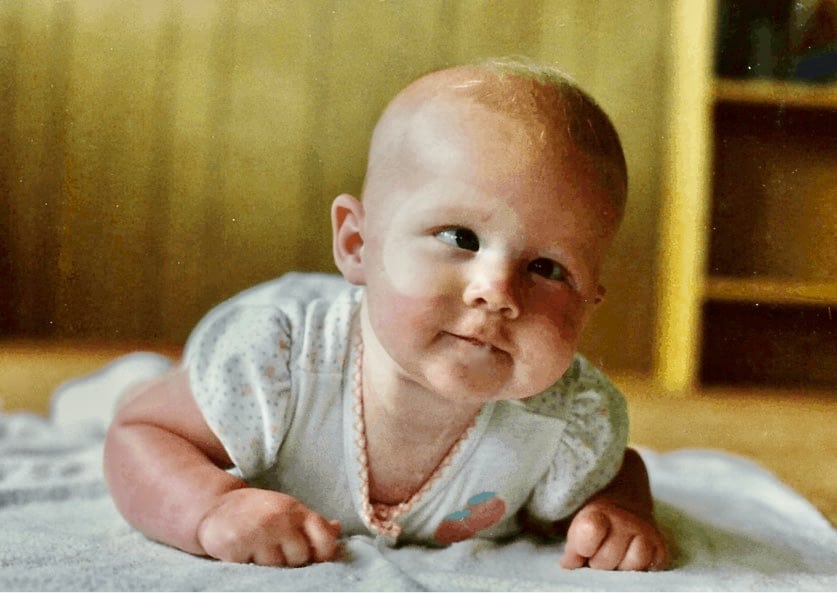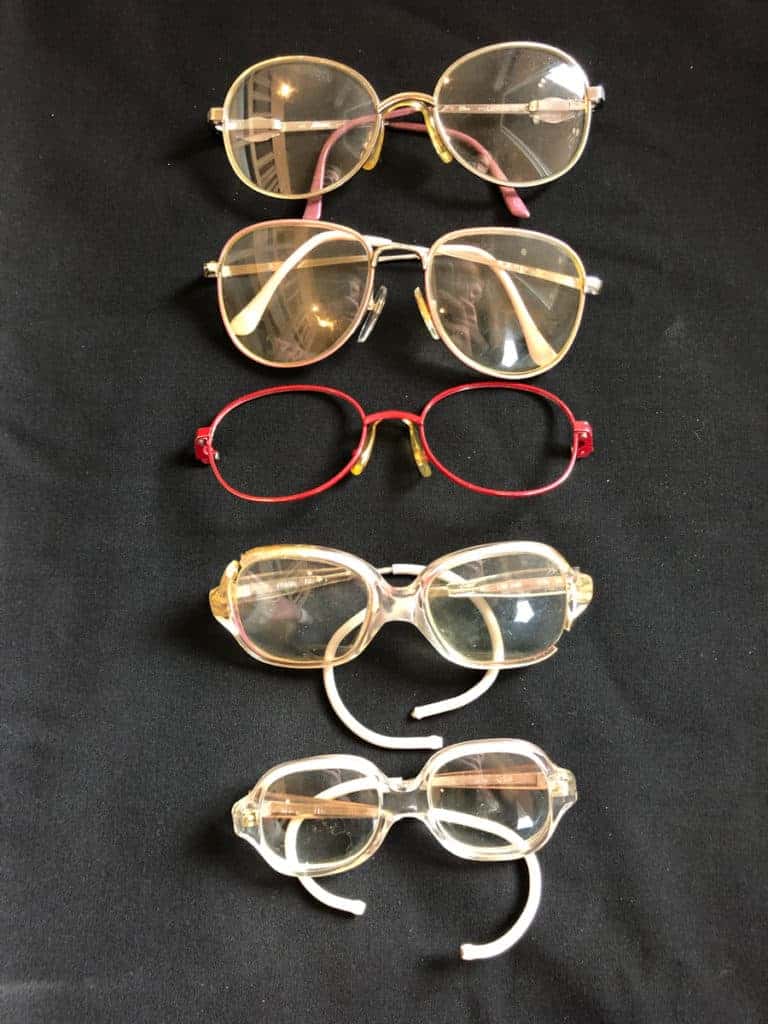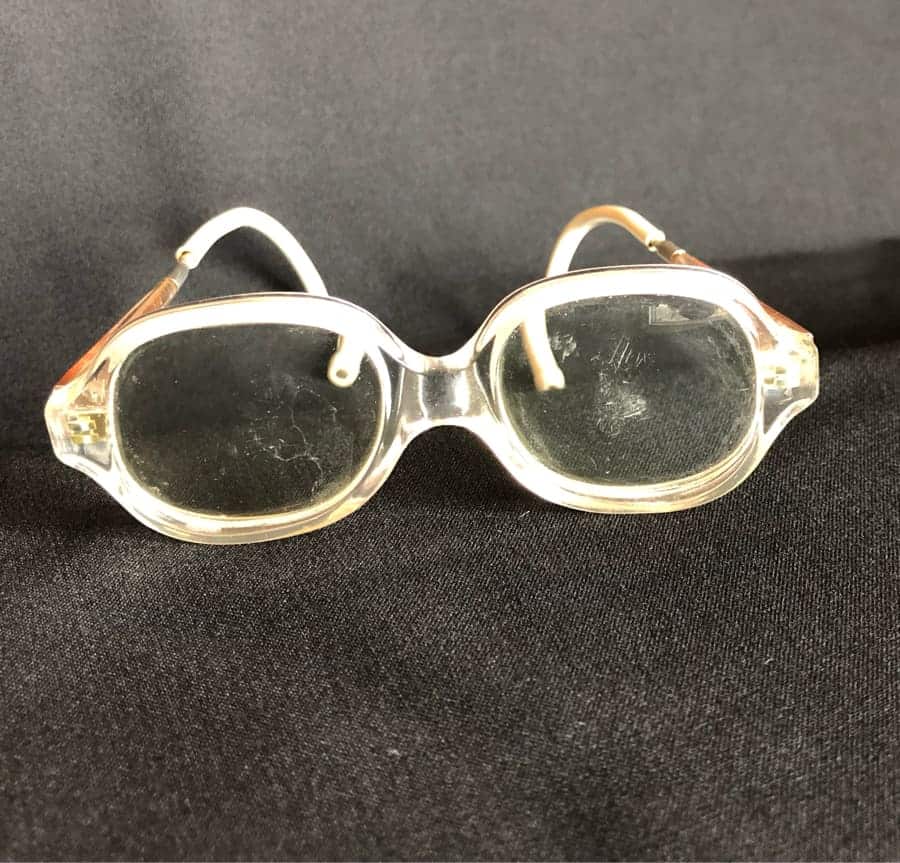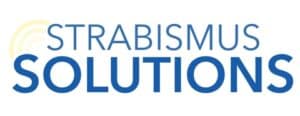When I was about three months old my mom had a friend ask about my eyes. She noticed that one eye was always turning in. My mom had noticed but thought it was just a cute “quirk” of her little baby girl. After the conversation with her friend, who had some experience with eye problems, she scheduled an appointment with an ophthalmologist.
My parents found the best pediatric ophthalmologist in the area and I went in for my first appointment. I have looked back through my medical records and find it all very fascinating, like a walk through time.
At that first appointment, the notes say that I didn’t follow my mom, but followed sounds. It also simply says “slow.” I definitely was a late bloomer physically; slow to roll, sit, crawl and walk.

At the first
My prescription was +4.75 for both eyes, but I was still too little to check for acuity (20/20). He prescribed patching, alternating each day from eye to eye and to return in 1 month.
By the time that one month passed, the eye turn became even more severe. It was measured at 50-55 prism diopters of esotropia at distance and 52-55 at near. In general, a small eye turn is from 1-9 diopters, moderate is 10-20 and severe is anything over 20. So I guess I qualified as super severe?

They gave me glasses that helped me see better and also contained a prism to encourage my eyes to see straight and hopefully learn to work together in those important, early years.
They are so tiny and cute. My mom saved all of my glasses and I seriously think they are the most precious things ever. The picture includes most of the glasses I had as a kid. There are doubles of a few that were broken and I know I had blue, Donald Duck ones somewhere around 3rd grade, but these are the ones we still have.

The tiniest ones have the strongest prism strength because after my surgery, my eyes were almost completely aligned so the prism strength lessened. Check out the picture to the right. You can see the earpieces outside of the lenses of the glasses. When they go behind the lenses they shift inward quite a bit. This made it so both of my eyes were “seeing” what was directly in front of me at the same time. When my eyes were turned in, they were not looking at the same place at the same time so I either was seeing double or suppressing, most likely seeing double. The prism aligned the images and would hopefully help them develop the ability to work together.
The prism glasses and patching were all done in preparation for the surgeries that were inevitably necessary to straighten my eye turn. I was patched every day for 7 hours, alternating the eye that was patched each day. The goal was to keep both eyes strong until they could be aligned.
Read more about my first surgery here.
A special thank you to my friend, an optometrist, who helped me interpret all of my medical records and for my mom who was a picture taking and scrapbooking queen so that I could piece together my childhood experiences with strabismus.
